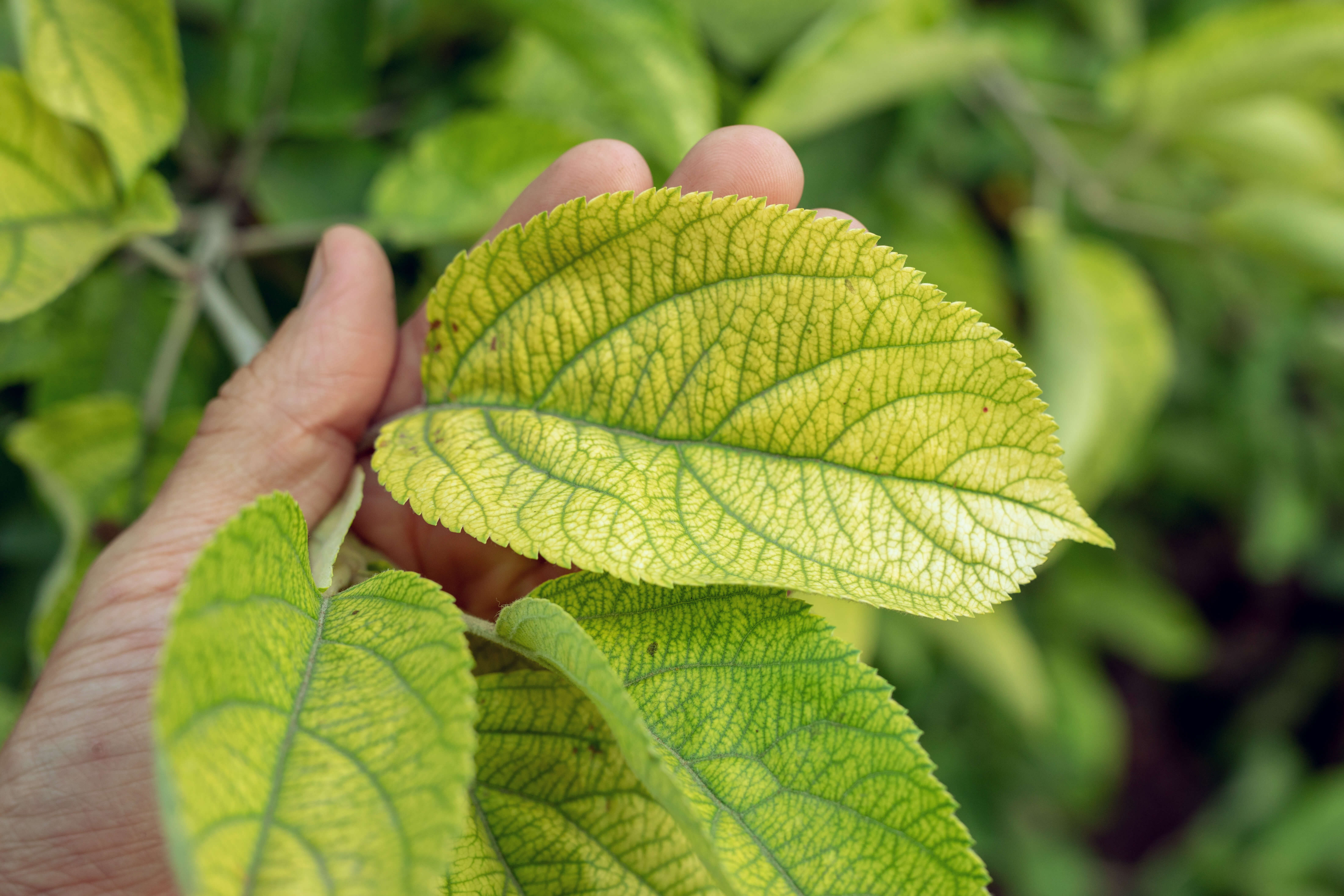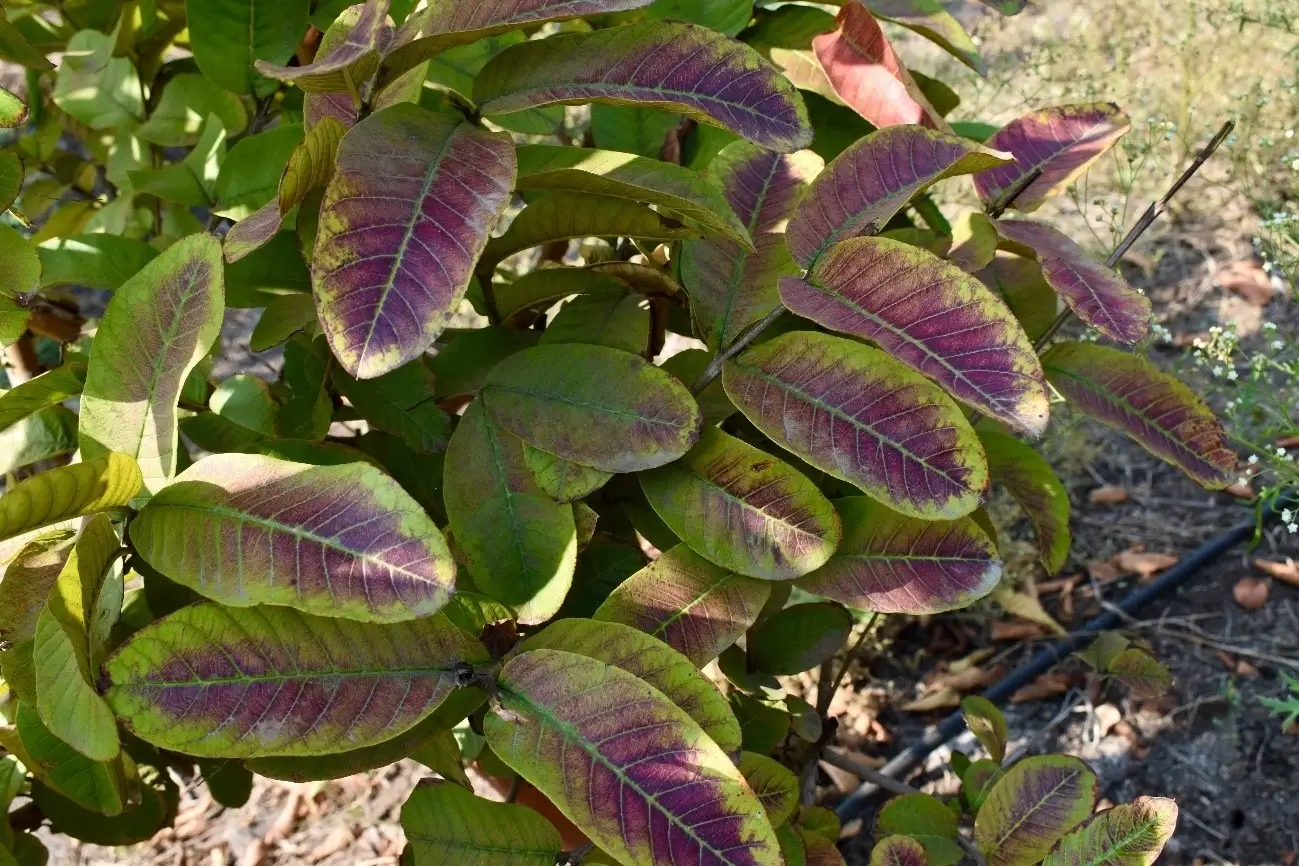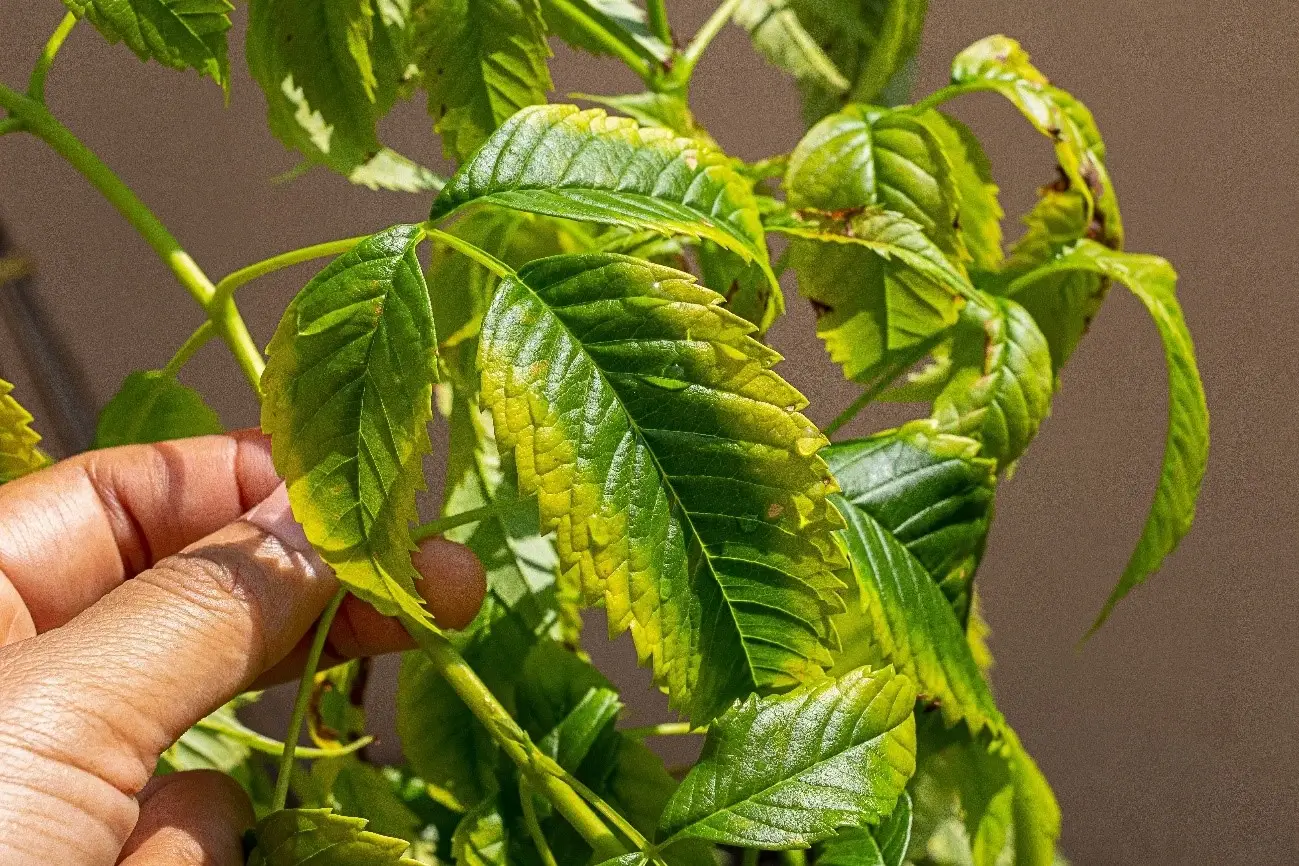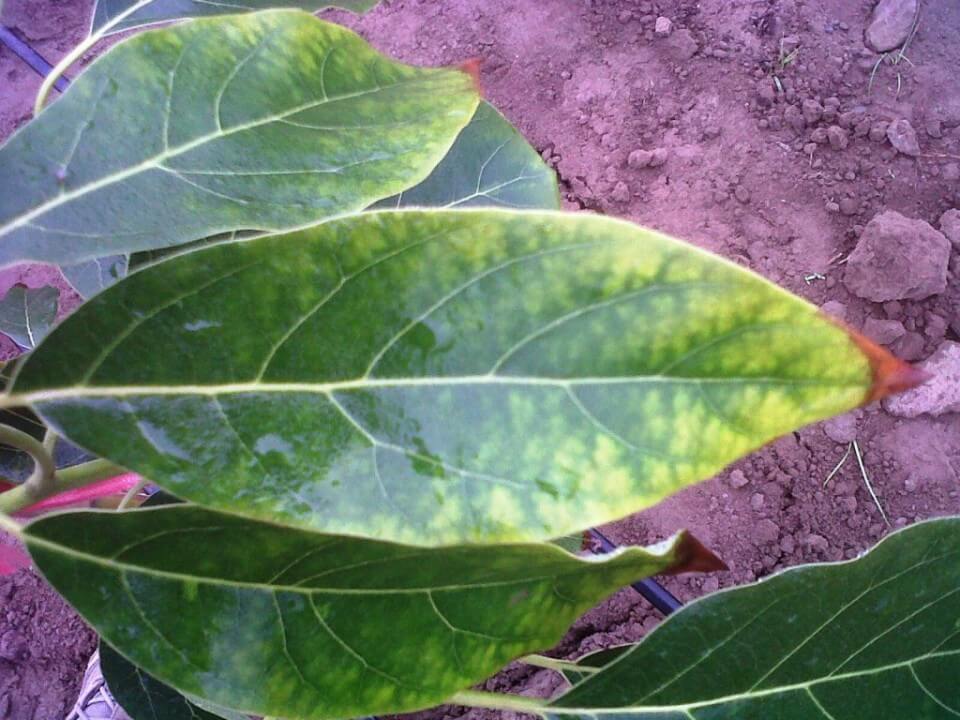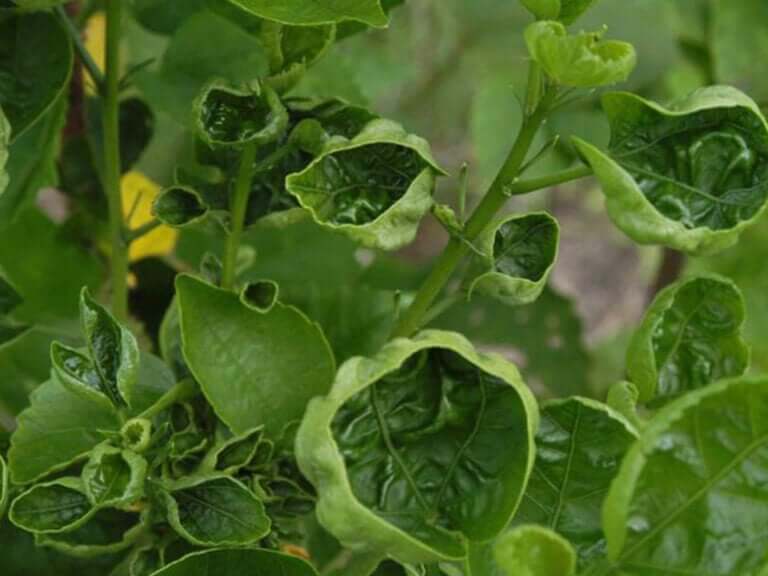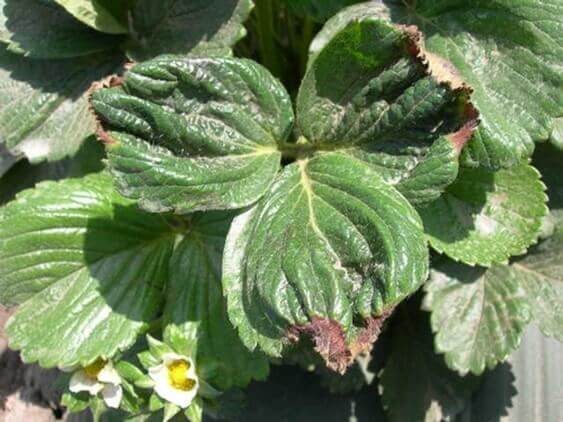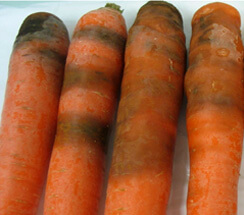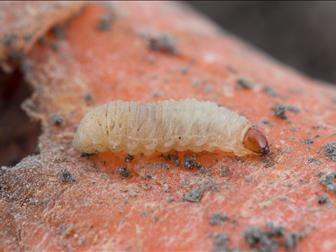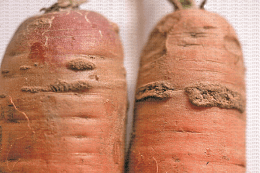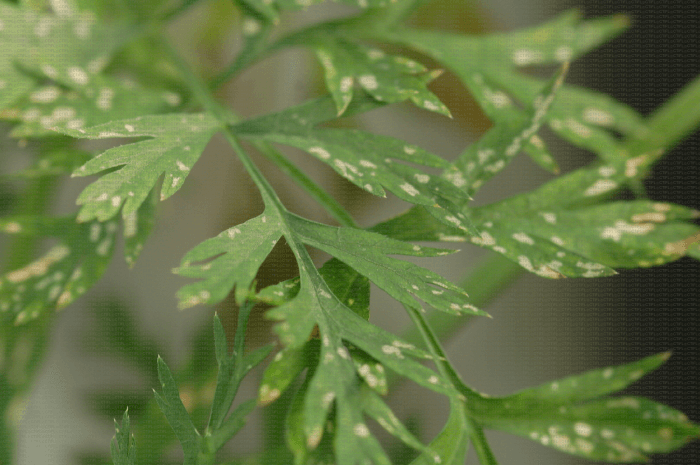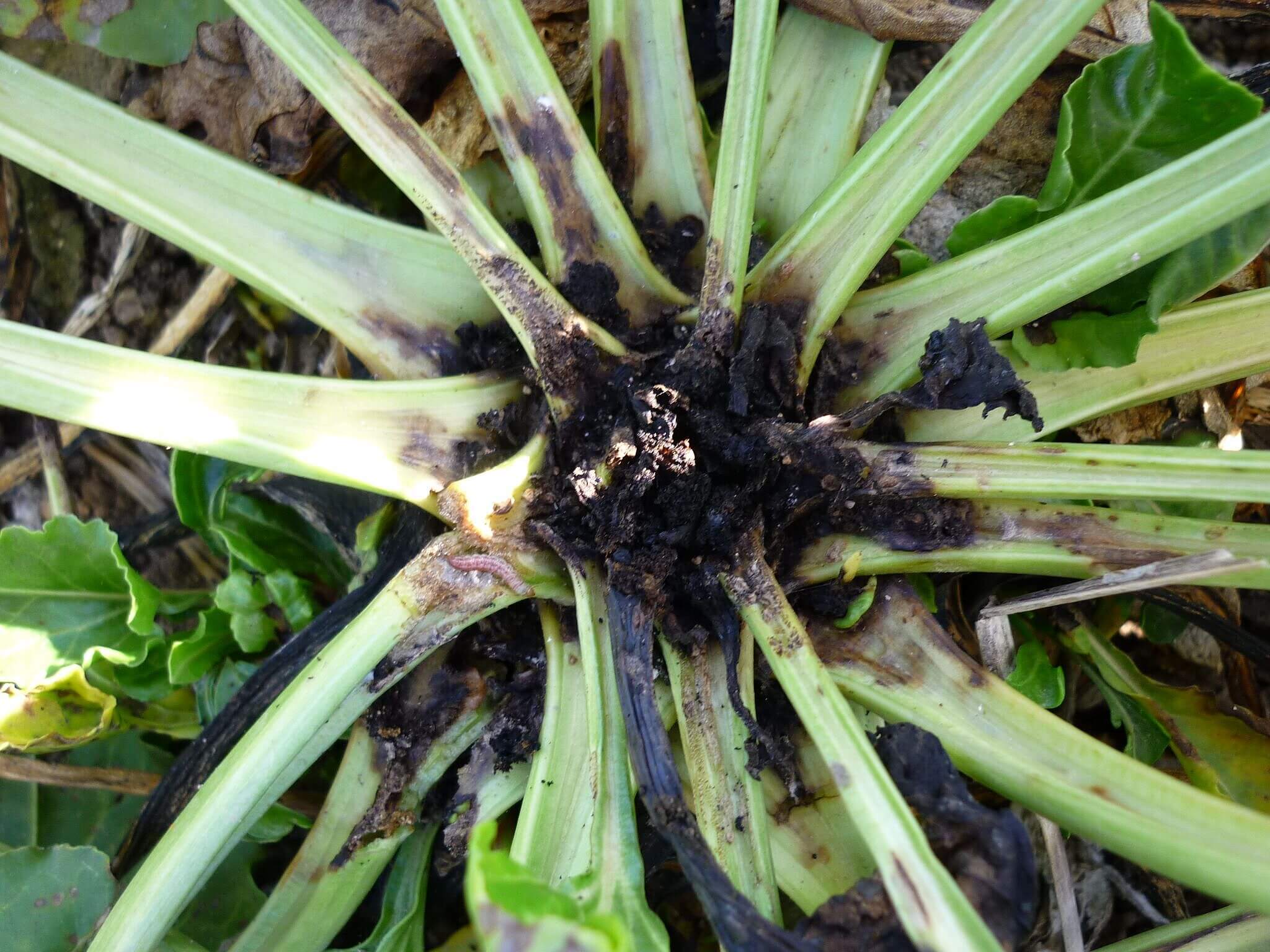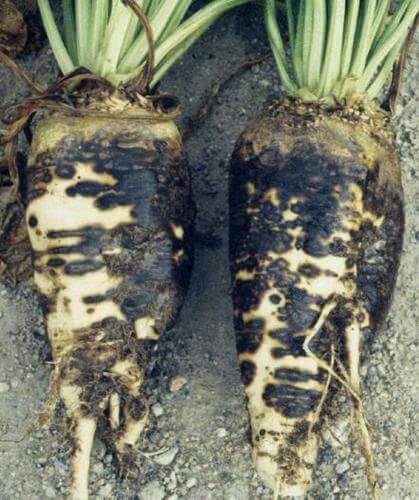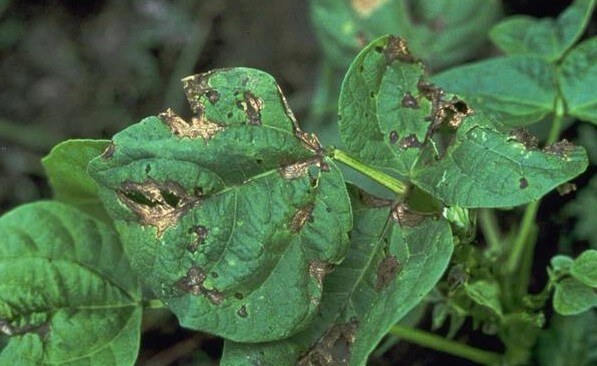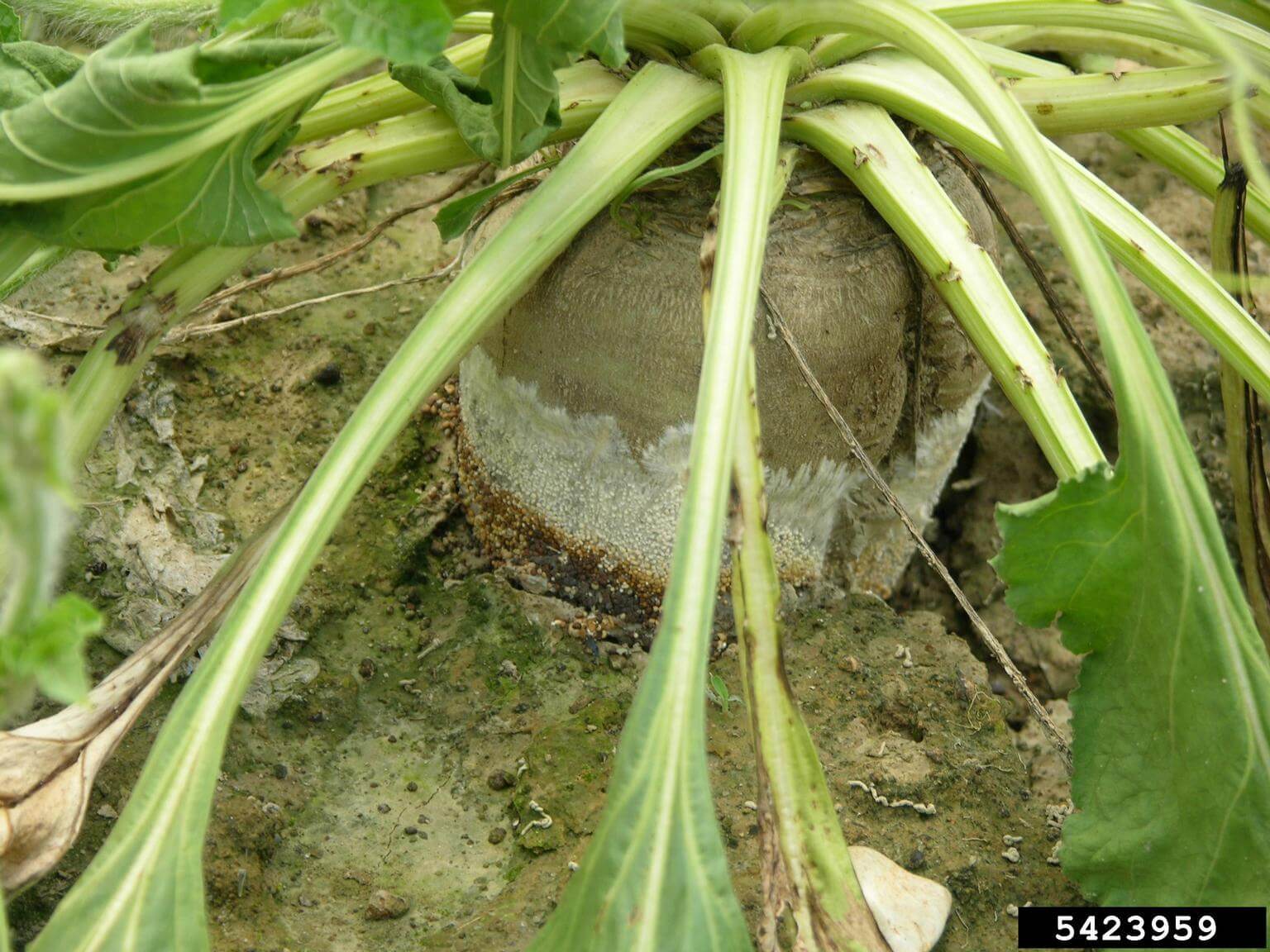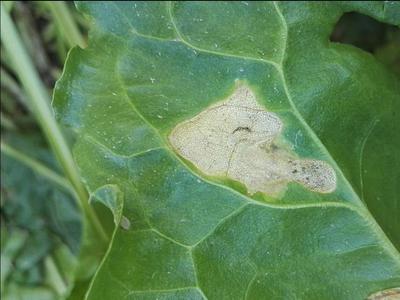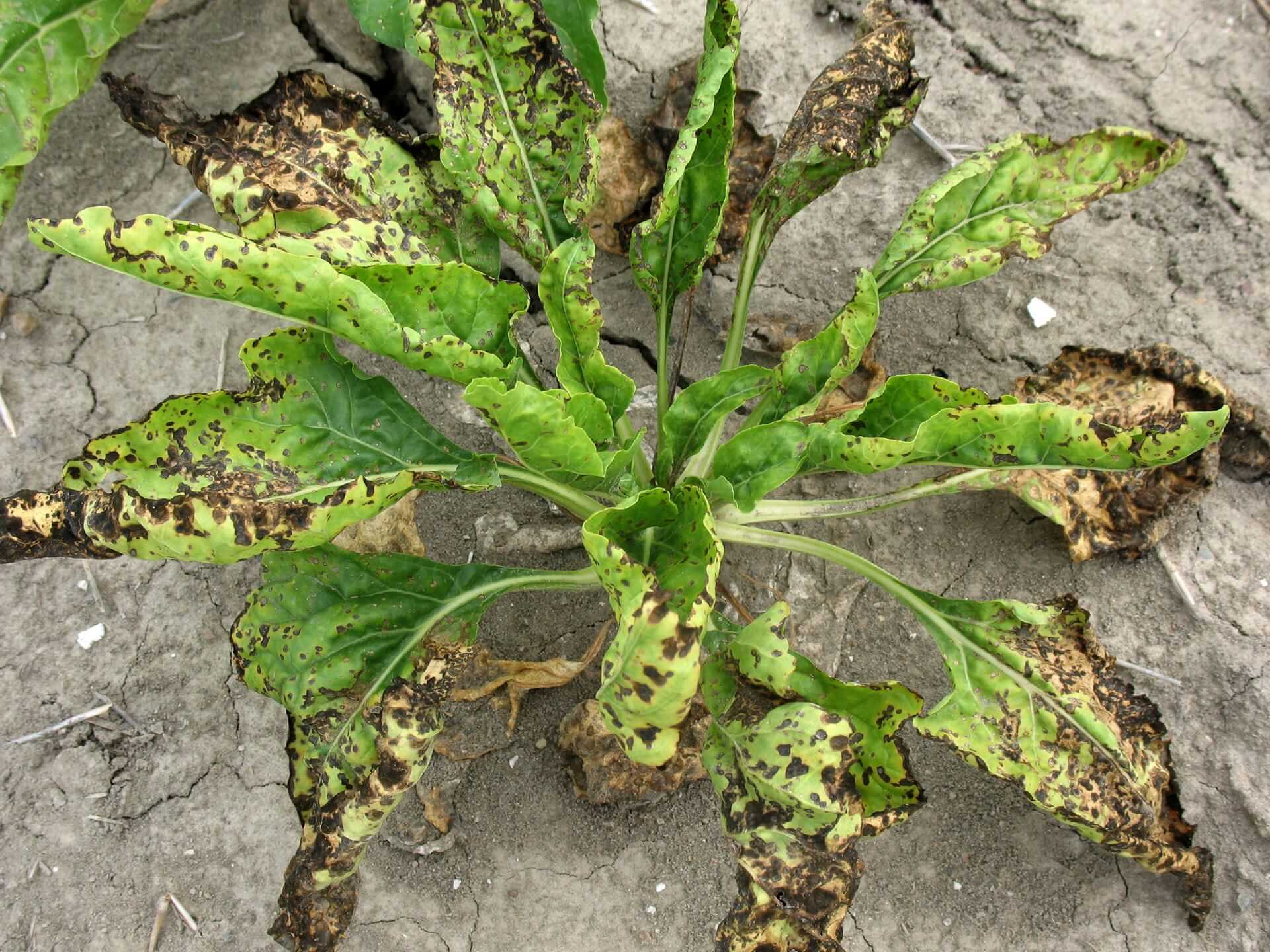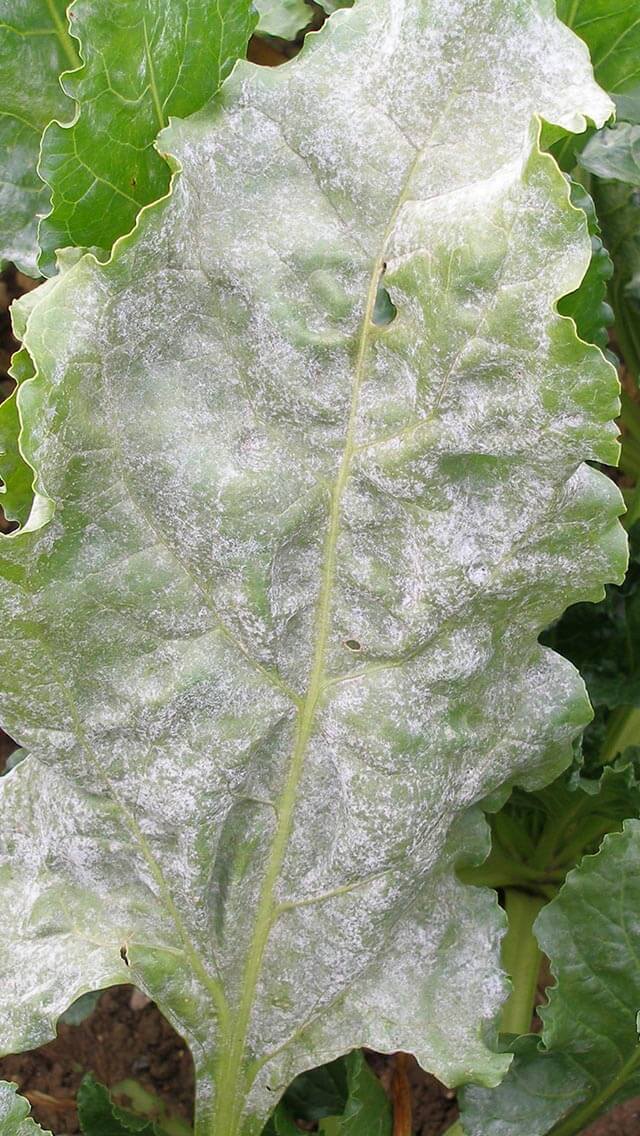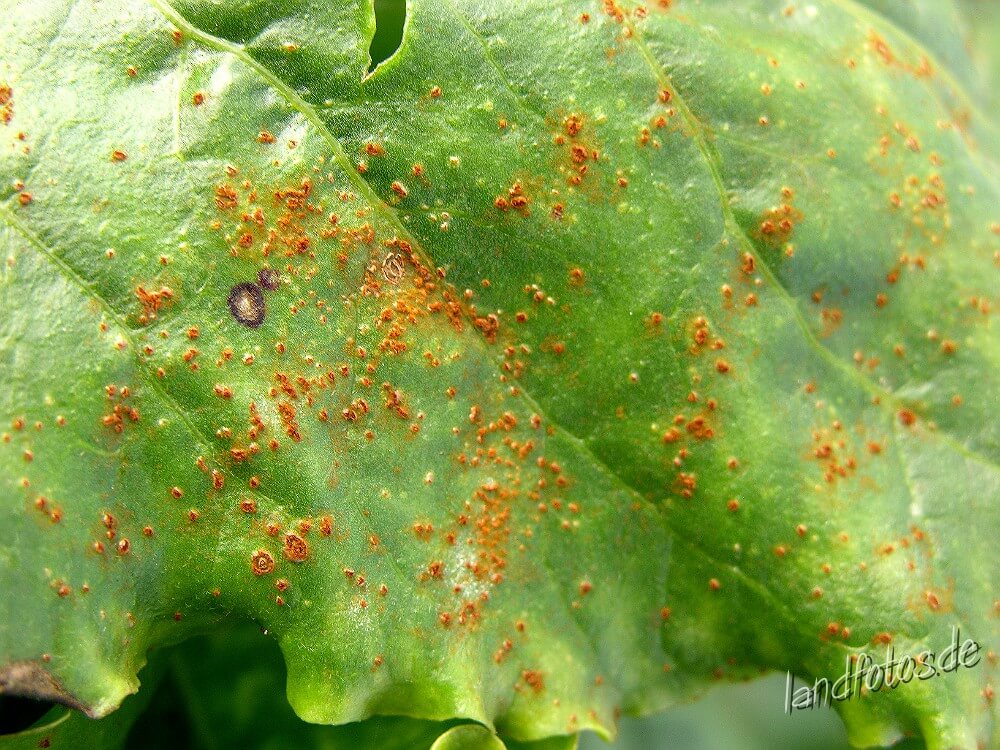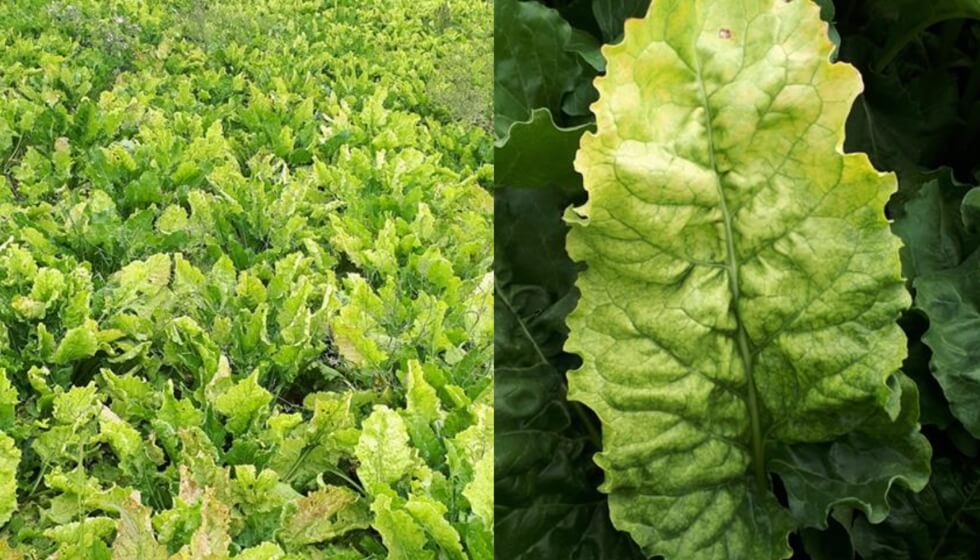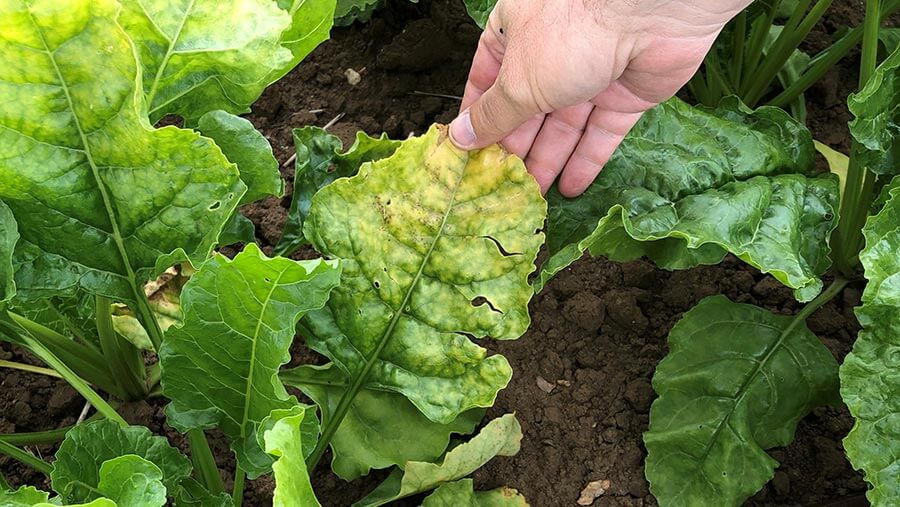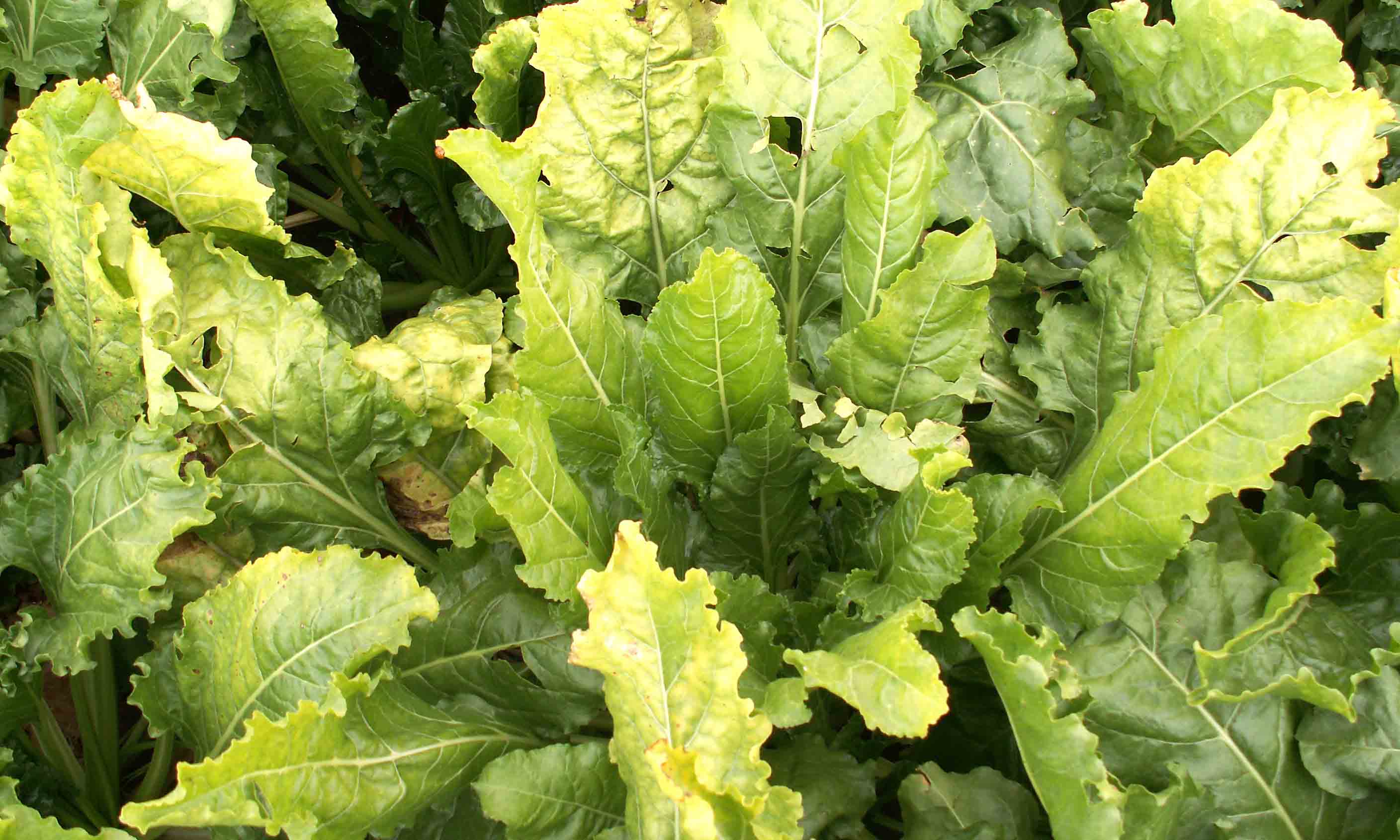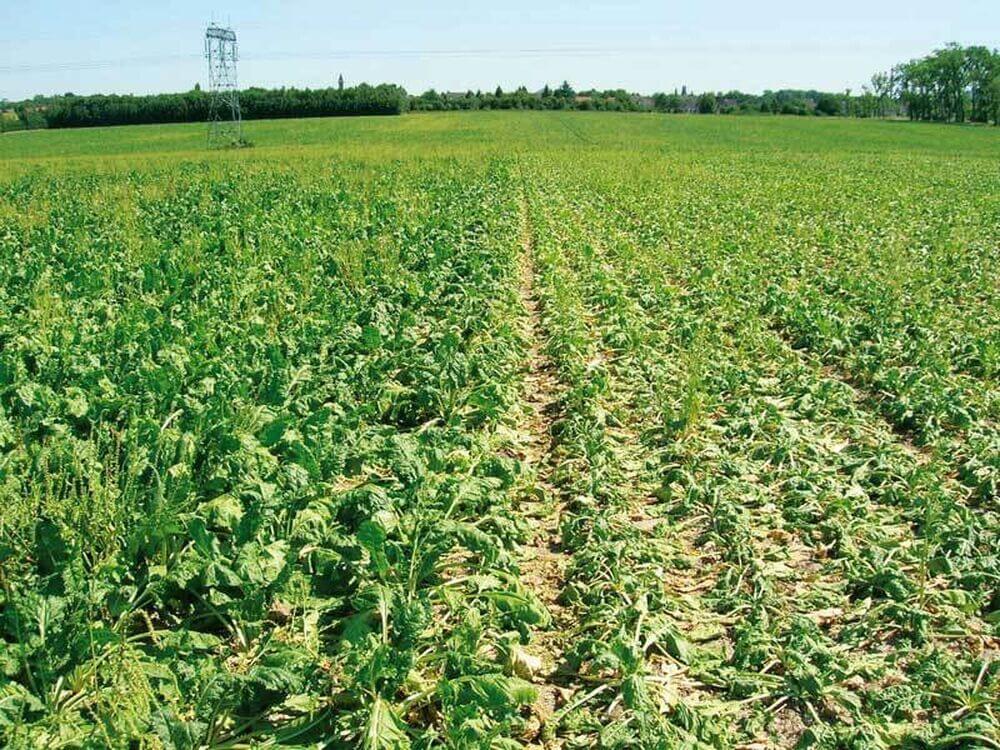
Remolacha de mesa
How to recognize and combat blossom end rot in beets
Apical Rot
Fungus
Type:
Risk to the plant:
HIGH
Fusarium Spp., Pythium Spp.
Pathogen:
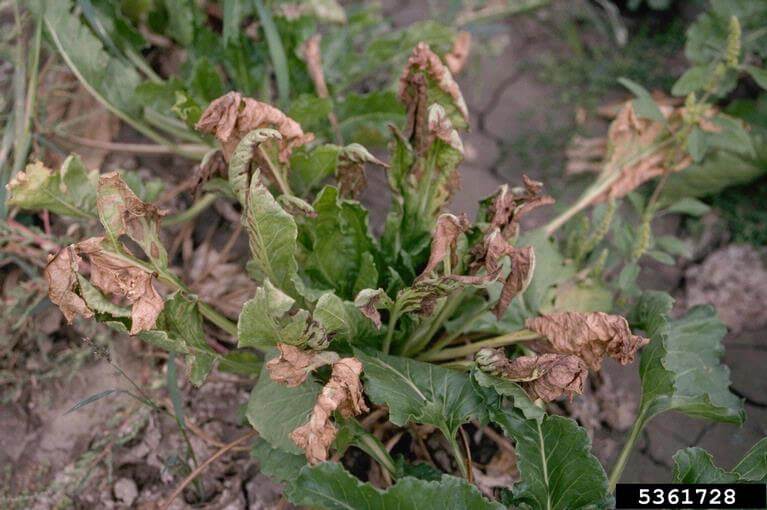
Fusariosis
WHO CAUSES IT?
The pathogens Fusarium spp. and Pythium spp. They are soil fungi that affect table beets, causing the disease known as blossom end rot. Fusarium spp. It is characterized by the production of asexual spores called conidia, which spread through soil and water. These spores germinate in the presence of susceptible roots, infecting them and causing tissue necrosis. Fusarium can survive in soil for long periods by forming resistant structures called chlamydospores. On the other hand, Pythium spp. It produces motile zoospores that swim in soil water and penetrate young roots, causing rot. Pythium can also survive in soil as oospores, which are resistance structures capable of persisting during adverse conditions. Both fungal species thrive in conditions of high humidity and moderate to warm temperatures, finding a favorable environment in poorly drained or over-irrigated beet fields.
SYMPTOMS
In table beet, blossom-end rot caused by Fusarium spp. and Pythium spp. It initially manifests itself as discoloration and wilting of the youngest leaves, followed by general wilting of the plant. This disease causes a collapse of the tissues in the upper part of the root, seriously affecting the development and yield of the crop. As the disease progresses, the roots become soft and watery, showing internal darkening that extends outward.
- Wilting of young leaves.
- Discoloration of the leaves.
- Collapse of the tissues in the upper part of the root.
- Soft and watery roots.
- Internal darkening of the roots.
- Reduction in crop growth and yield.
- Appearance of necrotic areas on the roots.
- Premature death of the plant.


DEVELOPMENT CONDITIONS
Temperature:
20°C - 30°C
Humidity:
75% - 90%
HOW IS IT SPREAD?
Irrigation water, Contaminated soil, Agricultural tools, Infected plant material, Wind, Infected seeds
HOW TO ELIMINATE IT?
Home treatments
There are no home treatments
Natural allies
Chemical treatments
There are no treatments for this disease. Treatments are directed at the insect vectors that transmit it. See insect treatments.
RECOMMENDED PRODUCTS TO ELIMINATE THE PEST
Sponsored link
Sponsored link
Sponsored link
Sponsored link
Sponsored link
Sponsored link
Sponsored link
Effective against all types of fungi
Sponsored link
Sponsored link
Sponsored link
Sponsored link
Sponsored link
REPELLENT PLANTS
-
RECOMMENDATIONS





















